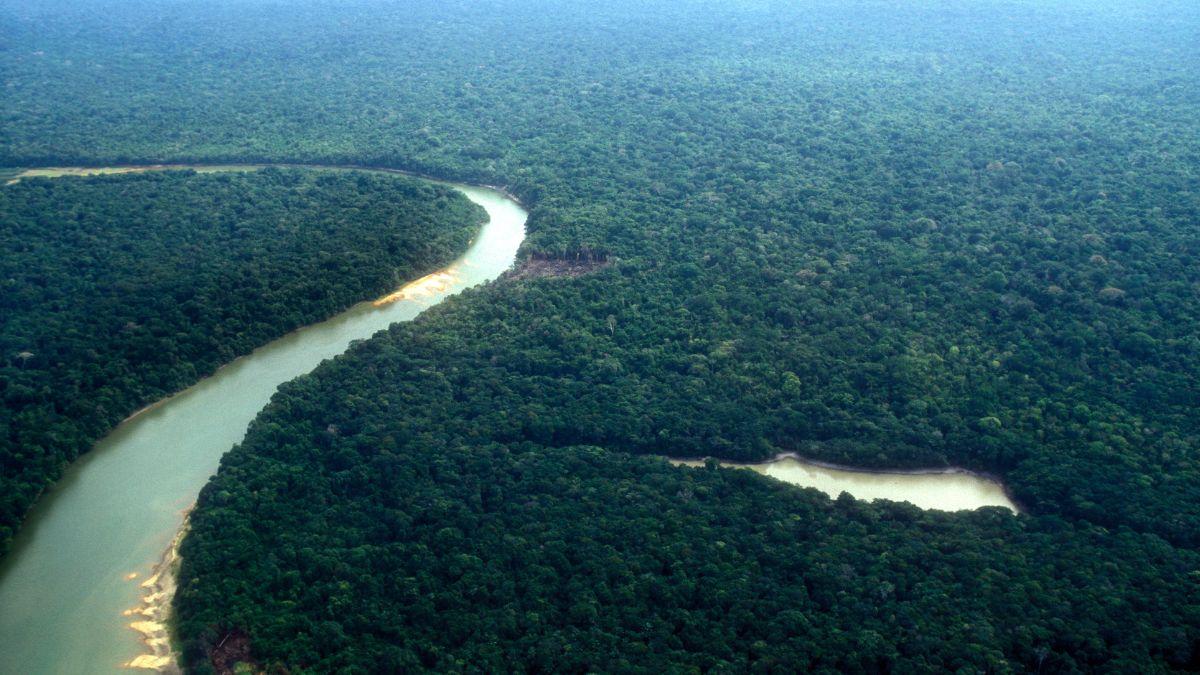 This is part five in a series of blogs about nature-related risk from the IFoA’s Biodiversity Working Party. Here we explore nature-related transition risks, and why we need to include transition risk in nature-related risk.
This is part five in a series of blogs about nature-related risk from the IFoA’s Biodiversity Working Party. Here we explore nature-related transition risks, and why we need to include transition risk in nature-related risk.
It is widely acknowledged that climate risk can be broken down into physical risks and transition risks. Attention to and consideration of physical risks by financial markets have recently increased, driven by climate catastrophes such as wildfires and floods.
Lowering physical risks involves transitioning to a low-carbon economy, leading to transition risks. Work by initiatives such as Climate Tracker and TCFD (Task Force on Climate-Related Financial Disclosures) has attempted to quantify transition risks in monetary terms. The financial world cannot argue against the logic of clear numbers and monetary loss.
So what will it take to do the same for nature-related financial risks? Why is this even important? What are some of the reasons why there has not been greater traction on this? In this blog post, we will attempt to address these questions.
These are risks that arise as businesses or economies respond to nature-related risks, for example to preserve biodiversity. This can be changes to the way a business operates:
Entities can also be indirectly exposed to transition risks if they finance or invest in activities or corporates that will be exposed to potential policy changes to prevent biodiversity loss.
As with most things, transition risks are associated with a cost:
As more and more initiatives and frameworks are undertaken to conserve nature-related services, the emphasis on understanding and quantifying exposure to nature-related financial risks has increased.
Making changes to support or promote policies that conserve biodiversity will result in transition risks. This is a second layer of financial risks and costs that must also be considered. The more a business or economy is exposed to a physical risk, the more likely it is to be impacted by transition risks. There are also likely to be higher costs if the changes are made suddenly rather than gradually over time.
The ability to quantify physical risks inherently requires the ability to model different scenarios. For example, the ‘what if’ of maintaining the current rate of biodiversity or worsening or improving it. Attempting to do so throws up one key difficulty in scenario analysis or transition risk modelling for biodiversity, which is that the issue of biodiversity is fundamentally localised.
Conversely, CO2 has the powerful ability to diffuse through the atmosphere. This means that reducing CO2 concentrations in one part of the world reduces them globally. Not so for biodiversity, which makes finding practical examples very difficult and largely academic (rather than practical) at this stage.
For example, there are some isolated studies of scientists trying to show the different impacts on biodiversity by comparing fir forests in Finland and Siberia. This is because of the varying degrees of biodiversity management in these regions. Other than the imperfect nature of the study, it only goes to show how these findings cannot be applied to other types of ecosystems.
Companies that operate in areas that could become protected in the future are also exposed to transitions risk such as the cost of relocating their operations. The 2021 study Nature-Related Financial Risks in Brazil looked at the transition risks experienced by Brazilian banks that provide loans to companies in locations that could become protected areas. These businesses would possibly need to relocate or adapt their operations.
The 2020 study Indebted to nature highlights the Dutch nitrogen crisis, in which Dutch companies need to decrease their emission of nitrogen gas. This would require a costly change in operational procedures for both public and private businesses.
Being able to quantify transition risks is a key step in forcing the financial world to take nature-related financial risks more seriously. But efforts on this are lagging behind those of climate change transition analysis. This is due to the complexity of nature-related financial risks and the difficulty in accurately modelling scenarios that are not simply localised ones.
To find out more about the work of the Biodiversity Working Party visit their website page.
Calice, P. D. (2021, August). Nature-Related Financial Risks in Brazil.
Joris van Toor, D. P. (2020, June). Indebted to nature.
NGFS Occasional Paper. (2021, October). Biodiversity and financial stability: building the case for action, Study Group interim Report.
PWC, WWF. (2020, January). - Transition risks – arise from financial or investing in activities/ corporates that will be exposed to potential policy changes to prevent biodiversity loss.
Romain Svartzman, E. E.-L. (2021, August). A “Silent Spring” for the Financial System? Exploring Biodiversity-Related Financial Risks in France.